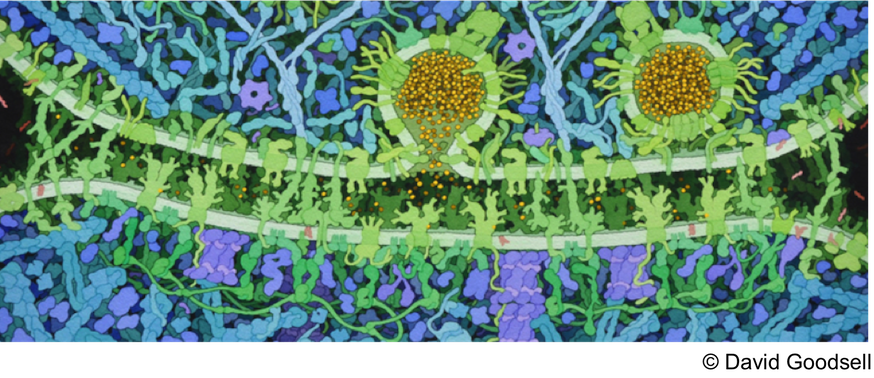Tinker-HP (http:///www.ip2ct.upmc.fr/tinkerHP) is a CPU based, double precision, massively parallel package dedicated to long polarizable molecular dynamics simulations and to polarizable QM/MM. Tinker-HP is an evolution of the popular Tinker package (http://dasher.wustl.edu/tinker) that conserves it simplicity of use but brings new capabilities allowing performing very long molecular dynamics simulations on modern supercomputers that use thousands of cores. Tinker-HP, which is developed through an interdisciplinary collaboration between researchers in theoretical chemistry (LCT), high performance computing (ISCD) and mathematics (LJLL) at UPMC, offers various strategies using domain decomposition techniques for periodic boundary conditions in the framework of the (N)log(N) Smooth Particle Mesh Ewald or using polarizable continuum simulations through the new generation ddCosmo approach. Tinker-HP proposes a high performance scalable computing environment for polarizable force fields giving access to large systems up to millions of atoms. Various benchmarks and examples on biomolecular systems will be provided on several architectures showing that the approach is competitive with GPUs for small and medium size systems but allows addressing larger molecules on modern supercomputers. Fully polarizable simulations results will be shown on the full solvated Satellite Mosaic Tobacco Virus and the ribosome encompassing respectively 1.1 and 3.4 millions of atoms.

|
|
|
|
Scalable polarizable molecular dynamics using Tinker-HP: millions of atoms on thousands of cores
1 : Institut du Calcul et de la Simulation
(ICS)
-
Site web
Université Pierre et Marie Curie - Paris 6
UPMC Paris 06, 4, place Jussieu, 75005 Paris -
France
2 : Institut Parisien de Chimie Physique et Théorique
(IP2CT)
-
Site web
Université Pierre et Marie Curie [UPMC] - Paris VI
3 : Laboratoire Jacques-Louis Lions
(LJLL)
-
Site web
INRIA, Université Paris VII - Paris Diderot, CNRS : UMR7598, Université Pierre et Marie Curie (UPMC) - Paris VI
B.C. 187 75252 Paris Cedex 05 -
France
4 : Laboratoire de chimie théorique
(LCT)
-
Site web
Université Pierre et Marie Curie - Paris 6, Centre National de la Recherche Scientifique : UMR7616
Tour 12-13, 4ème étage, 4 place Jussieu, Case Courrier 137, 75252 PARIS -
France
|
 PDF version
PDF version
